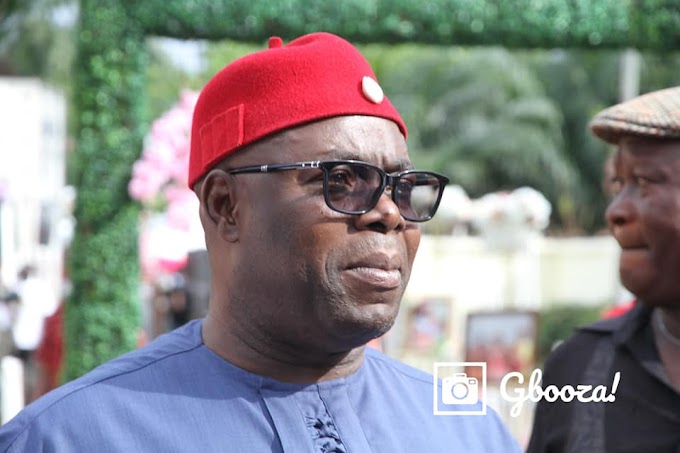By 2006, Many commuters had reported that the Third Mainland Bridge was vibrating noticeably, indicating that it needed urgent attention. As a result, remedial work was commenced on the portions of the bridge at different times, leading to partial closure of the bridge at different times. As at January 2013, this work was completed.
Recently, there have been rumours of cracks on the bridge. This, however, was denied by authorities. The eight-lane bridge experienced a new look during the last repairing exercise, painting the bridge guide with the colour of Nigeria green, white, green, and also general painting was carried out for a new look. The repair works on the bridge has been completed and was opened on 30 October 2012.
The Third Mainland Bridge has very high vehicular traffic on weekdays, as many residents commute to and from the Lagos Mainland to the Island which is the commercial hub of Lagos State. Residents in Ikeja, Agboyi-Ketu, Ikorodu, Isheri, Oworonshoki, Gbagada, Yaba, Maryland and Oshodi. The Third Mainland Bridge is an essential part of Lagos' daily commuting, and as such requires to be constantly renovated. It has also come to be a major Lagos icon, offering different views of Lagos - the Lagos Lagoon, the University of Lagos Waterfront and Makoko, a shanty town built on the Lagos Lagoon.
Construction
In the 1970s, following the end of Nigeria's civil war, a period of increasing oil price followed and Nigeria went through series of economic upturns. A need for improved infrastructural facilities especially in the capital city of Lagos that had gone through a period of port congestion and then an upward tick in vehicular traffic created the impetus for a third bridge linking the commercial-oriented Lagos Island with the growing urban settlements of mainland Lagos.
A contract was awarded for a third mainland bridge in 1976. Construction of the bridge was done in phases. The first phase was contracted to a PGH consortium, a venture consisting, Impresit Girola and Borini Prono, while Trevi Group provided support services for piling. The first phase was designed to be 5 kilometers in length, starting from the Island and ending at Ebute Metta, towards Yaba.
The bridge elevates to 3 kilometers above the water and made from pre-stressed reinforced concrete. Foundation piles had varying depths of between 36 and 54 meters and pile diameter is based on potential carrying road, diameters of 1500mm are used for the main bridge crossing the Lagos lagoon and for the slipway and approach roads, pile diameter was between 800mm and 1200mm. The first phase was completed in 1980.
The second phase from Ebute-Metta to Oworonshoki was awarded to Julius Berger in Nigeria.
Source: Wikipedia




0 Comments